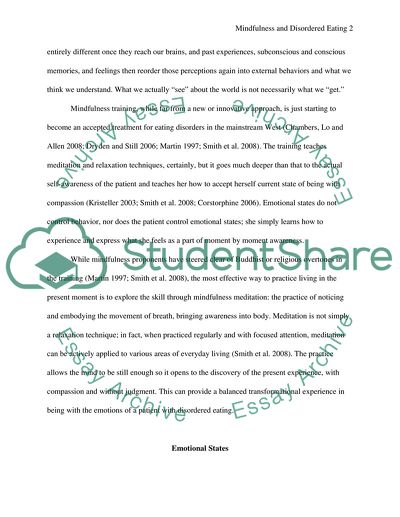Cite this document
(“Insight Meditation on the Treatment of Disordered Eating Article”, n.d.)
Retrieved from https://studentshare.org/psychology/1552929-the-application-of-mindfulness-insight-meditation-on-the-treatment-of-disordered-eating
Retrieved from https://studentshare.org/psychology/1552929-the-application-of-mindfulness-insight-meditation-on-the-treatment-of-disordered-eating
(Insight Meditation on the Treatment of Disordered Eating Article)
https://studentshare.org/psychology/1552929-the-application-of-mindfulness-insight-meditation-on-the-treatment-of-disordered-eating.
https://studentshare.org/psychology/1552929-the-application-of-mindfulness-insight-meditation-on-the-treatment-of-disordered-eating.
“Insight Meditation on the Treatment of Disordered Eating Article”, n.d. https://studentshare.org/psychology/1552929-the-application-of-mindfulness-insight-meditation-on-the-treatment-of-disordered-eating.


